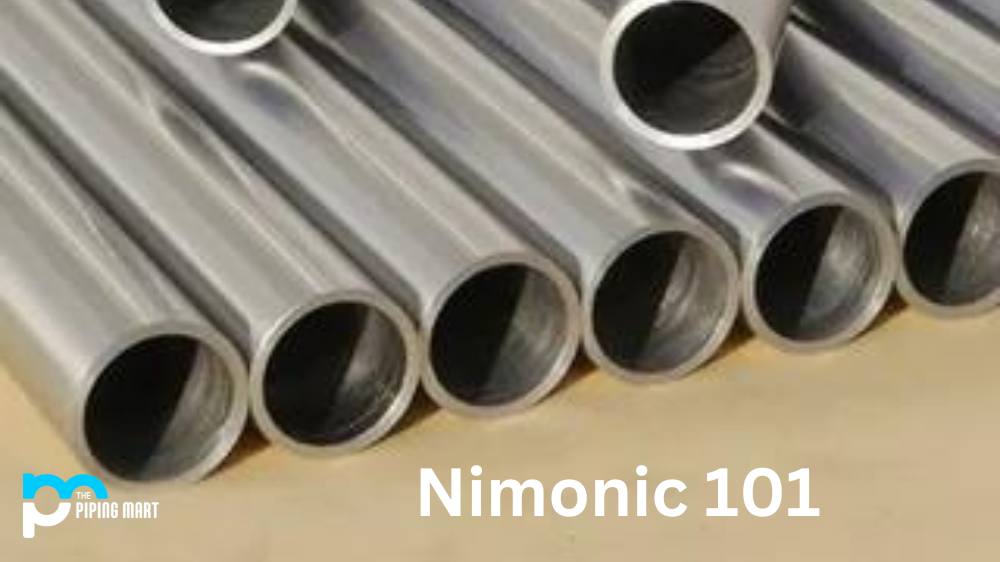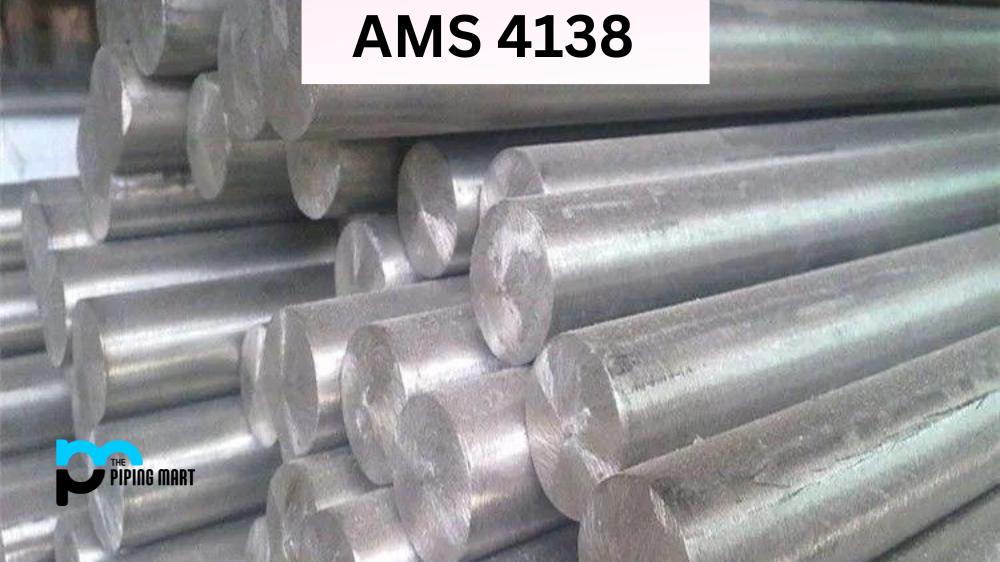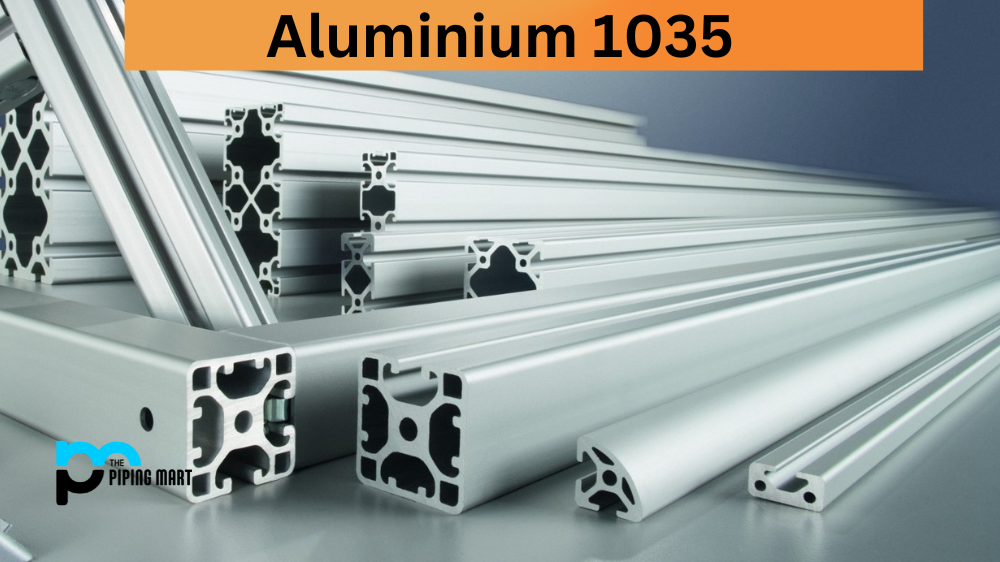This blog post will explore Nimonic 101, covering its composition, properties, uses, heat treatment, machining, and welding methods. So, whether you’re a materials engineer, a metal fabrication expert, or simply a curious reader, let’s dive into the fascinating world of Nimonic 101.
What is Nimonic 101?
Nimonic 101 is a high-performance nickel-based alloy that has gained significant popularity in the aerospace, automotive, and chemical industries. The alloy is known for its exceptional mechanical and physical properties, such as high tensile strength and excellent corrosion and oxidation resistance, which make it suitable for use in extreme temperatures and harsh environments.
Nimonic 101 Composition
Nimonic 101 is primarily composed of nickel, chromium, and cobalt, with small amounts of titanium, aluminium, and iron. Additionally, it contains traces of carbon, manganese, silicon, sulfur, and phosphorus. This unique blend of components enhances the alloy’s mechanical and physical properties, making it perfect for high-stress and high-temperature applications.
| Element | Content (%) |
|---|---|
| Chromium, Cr | 24.2 |
| Cobalt, Co | 19.7 |
| Titanium, Ti | 3 |
| Molybdenum, Mo | 1.5 |
| Aluminum, Al | 1.4 |
| Niobium, Nb | 1 |
| Carbon, C | ≤0.1 |
| Zirconium, Zr | 0.05 |
| Boron, B | 0.012 |
Nimonic 101 Mechanical Properties
Nimonic 101 demonstrates excellent tensile strength and resistance to creep and stress rupture at high temperatures. Its yield strength at room temperature ranges from 525 to 710 MPa, while its ultimate tensile strength can reach 1030 MPa. Moreover, the alloy has good ductility and impact strength, allowing it to withstand sudden shock and vibration loads.
| Properties | Metric | Imperial |
|---|---|---|
| Tensile strength (oil quenched, fine grained, tempered at 425°C) | 1158 MPa | 167954 psi |
| Yield strength (oil quenched, fine grained, tempered at 425°C) | 1034 MPa | 149969 psi |
| Elastic modulus | 190-210 GPa | 27557-30457 ksi |
| Poisson’s ratio | 0.27-0.30 | 0.27-0.30 |
| Elongation at break (oil quenched, fine grained, tempered at 425°C) | 15% | 15% |
| Reduction of area | 53% | 53% |
Nimonic 101 Physical Properties
Nimonic 101 is a non-magnetic alloy with an 8.1 g/cm³ density. It has a high melting point of 1370°C, which enables it to retain its strength and stability even at extreme temperatures. The alloy also exhibits good thermal and electrical conductivity, making it ideal for electrical and electronic components.
| Properties | Metric | Imperial |
|---|---|---|
| Density | 7.7-8.03 g/cm³ | 0.278- 0.290 lb/in³ |
| Melting point | 1315°C | 2400°F |
Nimonic 101 Uses
Nimonic 101 is widely used in the aerospace industry for manufacturing gas turbine blades, combustion chambers, exhaust nozzles, and other high-temperature components. It also finds applications in chemical processing where resistance to harsh chemicals and acids is necessary. Additionally, Nimonic 101 is used in automotive engines, power generation equipment, and marine applications.
Nimonic 101 Corrosion Resistance
Nimonic 101 has excellent resistance to oxidation, sulfidation, and other forms of high-temperature corrosion. The alloy’s chromium content forms a protective oxide layer on the surface, preventing corrosive agents from damaging the metal. This property makes it suitable for use in environments exposed to corrosive gases, acids, and high-temperature water vapour.
Nimonic 101 Heat Treatment
Nimonic 101 can be annealed at 1065°C for 8 hours, followed by a slow cool to room temperature, to improve its ductility and reduce residual stress. The alloy can be hardened and strengthened by a solution treatment at 1080 to 1160°C, followed by rapid cooling in water or oil. This process enhances the alloy’s mechanical properties and makes it suitable for high-stress applications.
Nimonic 101 Machining
Nimonic 101 is difficult to machine due to its high strength and work-hardening tendency. Therefore, using sharp cutting tools, low cutting speeds, and adequate cooling and lubrication is essential to achieve a good surface finish and dimensional accuracy. Carbide tools and high-speed steel tools are recommended for machining Nimonic 101.
Nimonic 101 Welding
Nimonic 101 is weldable using conventional methods such as gas tungsten arc welding (GTAW), gas metal arc welding (GMAW), and resistance welding. However, the alloy’s tendency to crack during welding requires carefully considering pre/post-weld heat treatment, welding procedures, and filler materials. Therefore, it is recommended to consult qualified welding experts before undertaking welding projects involving Nimonic 101.
Conclusion
Nimonic 101 is a special alloy with exceptional strength, corrosion resistance, and thermal stability. Its suitability for high-temperature applications and harsh environments has made it a favourite choice for aerospace, automotive, and chemical industries. Understanding its composition, properties, and processing methods is essential to harness its full potential and achieve successful outcomes. So, whether you plan to use Nimonic 101 in your next project or are curious about its unique characteristics, we hope this comprehensive guide has provided valuable insights.

Abhishek is a seasoned blogger and industry expert, sharing his insights and knowledge on various topics. With his research, Abhishek offers valuable insights and tips for professionals and enthusiasts. Follow him for expert advice on the latest trends and developments in the metal industry.




